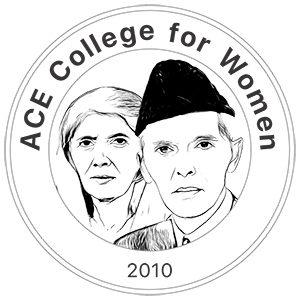Isolation and Characterization of Staphylococcus spp. from a Plastic Recycling Plant and their Application in Mercury Wastewater Treatment
| Received 28 Jun, 2025 |
Accepted 01 Sep, 2025 |
Published 30 Sep, 2025 |
Background and Objective: Plastic recycling, while essential for sustainable waste management, can inadvertently lead to environmental pollution, including the release of heavy metals such as mercury, a highly toxic pollutant with serious health and ecological implications. Although Staphylococcusspp. are known for their diverse metabolic capabilities, their specific potential in mercury bioremediation within recycling environments remains largely unexplored. This study aims to isolate and characterize Staphylococcus species from a plastic recycling facility and evaluate their biosorption efficiency for mercury removal from contaminated wastewater. The influence of environmental factors, adsorption kinetics, and isotherm models was also investigated. Materials and Methods: Wastewater samples were collected from a local plastic recycling plant. Staphylococcus spp. were isolated using selective culture techniques and identified through morphological, biochemical, and molecular characterization. Batch biosorption experiments were conducted to evaluate the effects of pH (3-9), initial mercury concentration (5-50 mg/L), and contact time (up to 48 hrs). Mercury concentration was measured using atomic absorption spectrophotometry. The biosorption process was analyzed using Langmuir and Freundlich isotherms and pseudo-first- and second-order kinetic models. Regression analysis (R2) determined the best-fitting models. Results: Biosorption efficiency was highest (89.4%) at pH 7.0, with a maximum capacity of 18.9 mg/g at 25 mg/L mercury concentration. Removal peaked at 92.3% after 28 hours. The Freundlich isotherm model (R2 = 0.921) better described the adsorption behavior than the Langmuir model (R2 = 0.571), indicating multilayer adsorption. Kinetic modeling revealed the pseudo-second-order model (R2 = 0.935) as a better fit, suggesting chemisorption as the dominant mechanism. Conclusion: Staphylococcus spp. from plastic recycling wastewater exhibit high potential for mercury bioremediation. These findings support their application in developing eco-friendly, cost-effective treatment strategies. Future research should explore genetic mechanisms and field-scale implementation to enhance industrial applicability.
How to Cite this paper?
APA-7 Style
Anih,
D.C., Tatah,
S.V., Boyi,
R.N., Yohanna,
E.R., Abu,
M.S., Shadrach,
P., Mgbede,
T., Enenche,
M.O. (2025). Isolation and Characterization of Staphylococcus spp. from a Plastic Recycling Plant and their Application in Mercury Wastewater Treatment. Trends in Environmental Sciences, 1(3), 307-317. https://doi.org/10.21124/tes.2025.307.317
ACS Style
Anih,
D.C.; Tatah,
S.V.; Boyi,
R.N.; Yohanna,
E.R.; Abu,
M.S.; Shadrach,
P.; Mgbede,
T.; Enenche,
M.O. Isolation and Characterization of Staphylococcus spp. from a Plastic Recycling Plant and their Application in Mercury Wastewater Treatment. Trends Env. Sci 2025, 1, 307-317. https://doi.org/10.21124/tes.2025.307.317
AMA Style
Anih
DC, Tatah
SV, Boyi
RN, Yohanna
ER, Abu
MS, Shadrach
P, Mgbede
T, Enenche
MO. Isolation and Characterization of Staphylococcus spp. from a Plastic Recycling Plant and their Application in Mercury Wastewater Treatment. Trends in Environmental Sciences. 2025; 1(3): 307-317. https://doi.org/10.21124/tes.2025.307.317
Chicago/Turabian Style
Anih, David, Chinonso, Silas Verwiyeh Tatah, Richard-Harris Nsenreuti Boyi, Emochone Roy Yohanna, Michael Sunday Abu, Phillip Shadrach, Timothy Mgbede, and Marypeace Omega Enenche.
2025. "Isolation and Characterization of Staphylococcus spp. from a Plastic Recycling Plant and their Application in Mercury Wastewater Treatment" Trends in Environmental Sciences 1, no. 3: 307-317. https://doi.org/10.21124/tes.2025.307.317

This work is licensed under a Creative Commons Attribution 4.0 International License.




